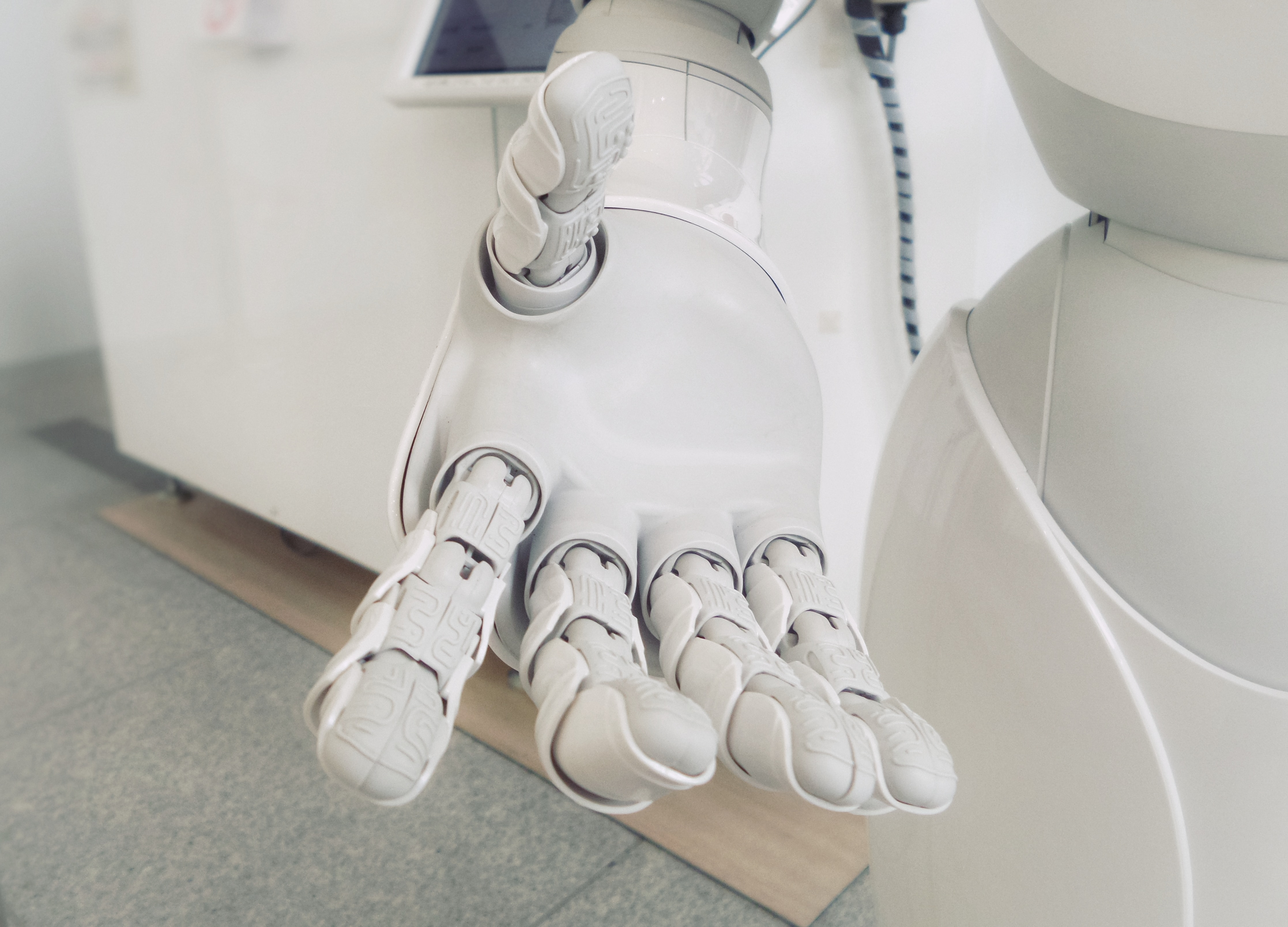Jennifer Nachshen
The Collision Conference Chronicles: AI, Battle Robots, and the Quest for Authentic Marketing
You’d normally expect to be hearing about AI from any one of our in-house experts—so what’s Bond’s resident qualitative research evangelist doing here? Great question. Last week, I spent three days at the Collision Conference trying to understand how AI and human-centered approaches can integrate to achieve excellence in marketing and customer engagement. The result? A “yes, and…” approach to delivering solutions for our clients and their customers, along with a deeply existential fear of Battle Robots. Here are my key takeaways from Collision, where every start-up elevator pitch began with the sentence “We use AI to….”
Is AI Good for Humans? It Depends.
Snoop Dog recently went on record commenting about Geoffrey Hinton’s resignation from Google, saying, “I heard the dude, the old dude that created AI saying, ‘This is not safe, ’cause the AIs got their own minds, and these motherf*ckers gonna start doing their own sh*t.’” Asked about Snoop’s comment on Collision’s centre stage, Hinton, hailed as the Godfather of AI, quipped, “Well, they don’t have mothers.” He was less concerned with the possibility of AI developing and delivering on goals incompatible with the survival of humanity than he was with the construction of “Battle Robots” by bad actors. What did I take from this terrifying exchange? 1) I plan to save all my tech as offerings to our Robot Overlords with hopes of staying on their good sides; and b) AI’s power in everything, including marketing, depends on the intentions of whoever is developing the models for AI to learn from. Humans are still central to the process...for now.
Is AI Going to Take Our Jobs? It Depends.
Google’s Chief Decision Scientist, Cassie Kozyrkov, argued that the current AI revolution is not about AI at all—it’s a user experience design revolution. Kozyrkov explained that classic AI has been all about the engineers: Instead of writing instructions about how to decide if an image is a cat or not, we provide examples and let the algorithm learn what is “catness.” But today’s AI has a new layer, Applied AI, in which we put the tools into the hands of users and empower them to augment their creativity. We do the thinking, the algorithms do the “thunking.” Now, just in case you are feeling that this is good news all around, Hinton reminds us that AI has potential to increase inequality, putting more power and resources in the hands of those with the education and resources to engage in these higher-order activities. Thinkers may rejoice, “Thunkers” must retrain.

Are We Slaves to the Algorithm? No!
Our Robot Overlords are missing some critical ingredients that are key to our work at Bond: authenticity and community. Every marketing talk I went to emphasized authenticity as the one thing that couldn’t be algorithmically derived. Frankly, even humans don’t always do a great job, as authenticity requires not just humans, but the right humans. Josh Richards, Founder of CrossCheck Studios, asserted that it is critical to use a Gen Z voice to market to a Gen Z audience, otherwise the content might feel like an older generation speaking down to a younger one.
But when it comes to community, humans beat robots every time. Tom Verrilli, Chief Product Officer at Twitch, shared a potential dystopian social media scenario in which algorithmically powered tribal networks full of algorithmically created content are algorithmically distributed to sad and lonely consumers. Luckily, Verrilli does not believe this will pervade over true community, which has three fundamental requirements: repetition, recognition, and investment. You become a member by doing something over and over, which develops recognition—that knowing nod from other members of the same community (or when the barista knows your coffee order). Together, repetition and recognition inspire investment in that you invest money into it, or it would cost you to lose it. Community requires the collaboration of the creator and the audience. Robots, on the other hand, don’t care a whole lot about reciprocity.
What does this mean?
As long as we survive the Battle Robots, we’re in a unique position to have brands use AI in combination with human-powered, empathy-driven methods to create marketing solutions that aren’t just personalized, they’re personal. Authentic engagement is ever more appealing in view of a world more on autopilot.
How are you preserving authenticity in a rapidly evolving AI market? We’d love to hear! Comment below.
.png?width=747&height=420&name=MicrosoftTeams-image%20(78).png)